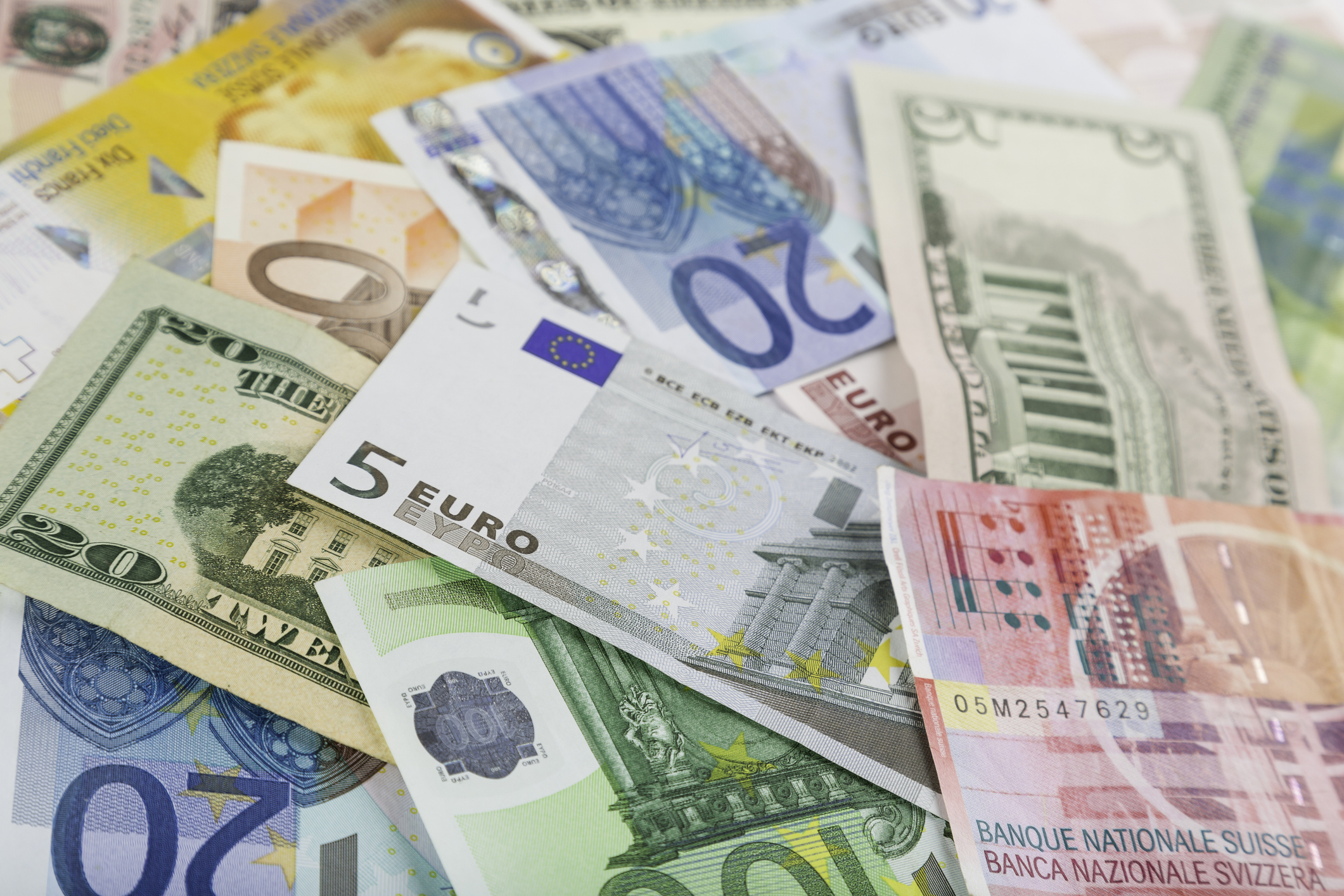The dollar slumped on Friday as waning confidence in the U.S. economy prompted investors to ditch U.S. assets to the benefit of safe havens such as the Swiss franc, yen, and euro, as well as gold.
The yellow metal recorded a new all-time peak, and the franc notched a fresh decade high.
Investors dumped Wall Street stocks overnight, as a powerful relief rally on Wednesday – when President Donald Trump abruptly paused higher tariff rates on dozens of trading partners – reversed course in a frenetic 24-hour period for markets. Longer-dated U.S. Treasuries are also selling off, putting 10-year yields on course for their biggest weekly jump since 2001.
Trump’s 90-day respite, which came despite his insistence for days that his policies would never change, didn’t include China. Instead, he ratcheted up duties on Chinese imports to an effective 145% rate, further escalating a high-stakes confrontation between the world’s two largest economies.
The Chinese yuan had tumbled to an all-time low in offshore trading on Tuesday, but erased all those losses a day later, and surged again on Thursday. It initially strengthened in the latest session as well, before trading slightly weaker.
“I’m deeply concerned about a lack of confidence among investors in the U.S. now,” said Nomura strategist Naka Matsuzawa. “It’s a no-confidence vote from not just the equity market but also Treasury market participants in the Trump administration and its policies.”
U.S. Treasury Secretary Scott Bessent asserted on Wednesday that the tariff pullback had been the plan all along to bring countries to the bargaining table. Trump, though, later indicated that the near-panic in markets that had unfolded since his April 2 “Liberation Day” tariff announcements had factored into his thinking.
Since returning to the White House in January, Trump has repeatedly threatened an array of punitive measures on trading partners, only to revoke some of them at the last minute. The on-again, off-again approach has baffled world leaders and spooked business executives, who say the uncertainty has made it difficult to forecast market conditions.
The dollar dropped as much as 1.2% to 0.81405 Swiss franc for the first time since January 2015, extending Thursday’s nearly 4% plunge.
The U.S. currency slid 1.1% to as low as 142.88 yen, the weakest since September 30.
The euro surged as much as 1.7% to $1.13855, a level last seen in February 2022.
The dollar index, which measures the greenback against those three currencies and three more major counterparts, sagged as much as 1.2%, taking it temporarily below the 100 level for the first time since July 2023.
The U.S. currency dropped as much as 0.3% to 7.2903 yuan in the offshore market CNH=D3 in early trading, but was last up 0.1% to 7.3232. In the previous two sessions, it slid 1.5%.
The People’s Bank of China on Friday lifted its official yuan midpoint guidance fix for the first time in seven days, reflecting the broad weakness in the dollar.
China watchers have interpreted the central bank’s actions as a signal it is open to gradual yuan weakening, but not a sharp move lower.
Gold jumped as much as 1.5% to an unprecedented $3,219.84 per ounce.
Elsewhere, the benchmark 10-year Treasury yield climbed nearly 10 basis points early on Friday to 4.488%.
“Trump blinked on higher yields, but that doesn’t mean 10-year yields can’t retest 4.50% while the USD sells off in tandem,” said Brent Donnelly, president of Spectra Markets.
“I think we are entering a pure ‘sell USD’ regime,” he said. “Rate differentials are losing their sway over the USD for the first time in my life.”
–Reuters




















